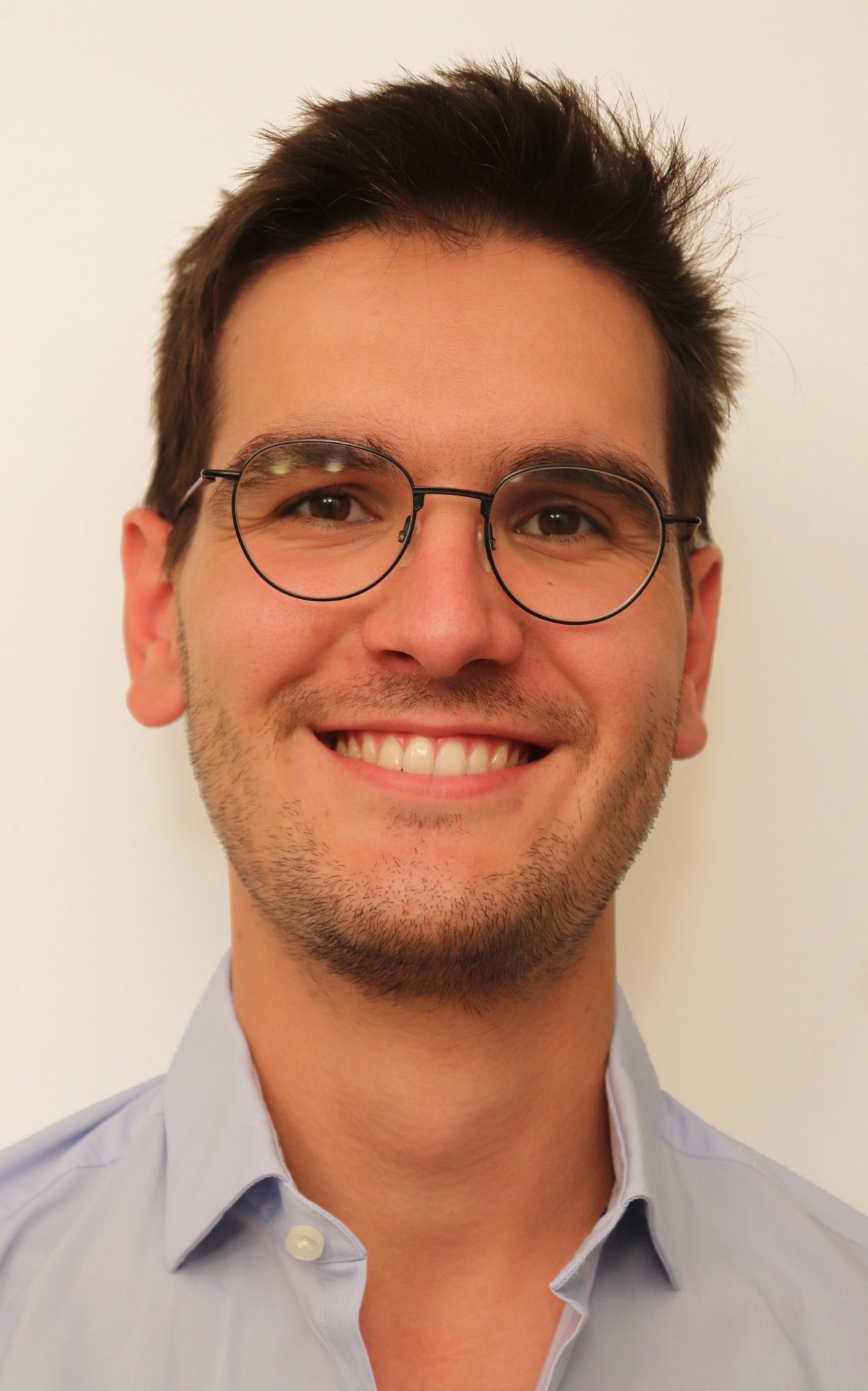
Impact of hypothermic oxygenated PErfusion (HOPE) during hypothermic preservation and normothermic reperfusion in a preclinical porcine model of pancreatic transplantation
Benoît Mesnard1,2, Thomas Prudhomme2, Etohan Ogbemudia3, Delphine Kervella2, Sarah Bruneau2, Stéphanie Le Bas-Bernard2, David Minault2, Jérémy Hervouet2, Jérôme Rigaud1, Lionel Badet2,4, Gilles Blancho2, Julien Branchereau1,2,3.
1Department of Urology and Transplantation Surgery, Nantes University Hospital, Nantes, France; 2Institut de Transplantation Urologie Néphrologie (ITUN), Centre de Recherche en Transplantation et Immunologie (CRTI) UMR 1064, INSERM, Nantes, France; 3Nuffield Department of Surgical Science, University of Oxford, Oxford, United Kingdom; 4Department of Urology and Transplant Surgery, Hôpital Edouard-Herriot, Hospices Civils de Lyon, Lyon, France
Purpose: The proportion of pancreatic transplants from standard criteria donors (SCD) is decreasing with a parallel increase in the number of extended criteria donors (ECD) and of marginal donors. Hypothermic Machine Perfusion with (HOPE) or without oxygenation (HMP) are under investigation in kidney and liver transplantation to improve transplants from marginal donors. We propose to evaluate the effect of HMP and HOPE on the in-tissue partial pressure of oxygen of pancreatic transplants during hypothermic preservation and thereafter during reperfusion in normothermic condition.
Methods: We set up a model of marginal donors with a donation after circulatory death in an animal house porcine model (warm ischemia = 30 minutes). After pancreas procurement, pancreatic transplants were preserved during 24 hours in hypothermic condition either in statical cold storage (SCS) (n=4) or on hypothermic perfusion (Waves machine, Institut Georges Lopez) without (n=4) or with oxygenation at 21% (n=4) and 100% (n=4) at 2L/min. Organ preservation solution was IGL-1 and perfusion pressure was 15mmHg. After 24 hours of hypothermic preservation, the pancreatic transplants were reperfused according to a normothermic perfusion model (centrifugal pump system, Sorin Group) with deleucocyted red blood cell. Intra-tissue oxygen partial pressure was measured by probes implanted in the parenchyma (Oxylite Pro, Oxford Optronix).
Results: The intra-tissue partial pressure of oxygen of during SCS was from the start of preservation equal to 0 and this throughout the experiment. Conversely, during HMP or HOPE, the oxygen level increases during the first 2 hours before stabilizing. In parallel, the resistance index decreases during the first 2 hours before stabilizing. Partial pressure of oxygen during hypothermic preservation were presented in Figure 1, 2.


During reperfusion, tissue oxygenation is higher in the hypothermic machine perfusion versus SCS group. This difference begins at initiation and is maintained during the first 2 hours.
Conclusion: HMP and HOPE appears to be an effective modality to oxygenate pancreatic transplants during preservation and to conditionate transplants before reperfusion.

right-click to download
